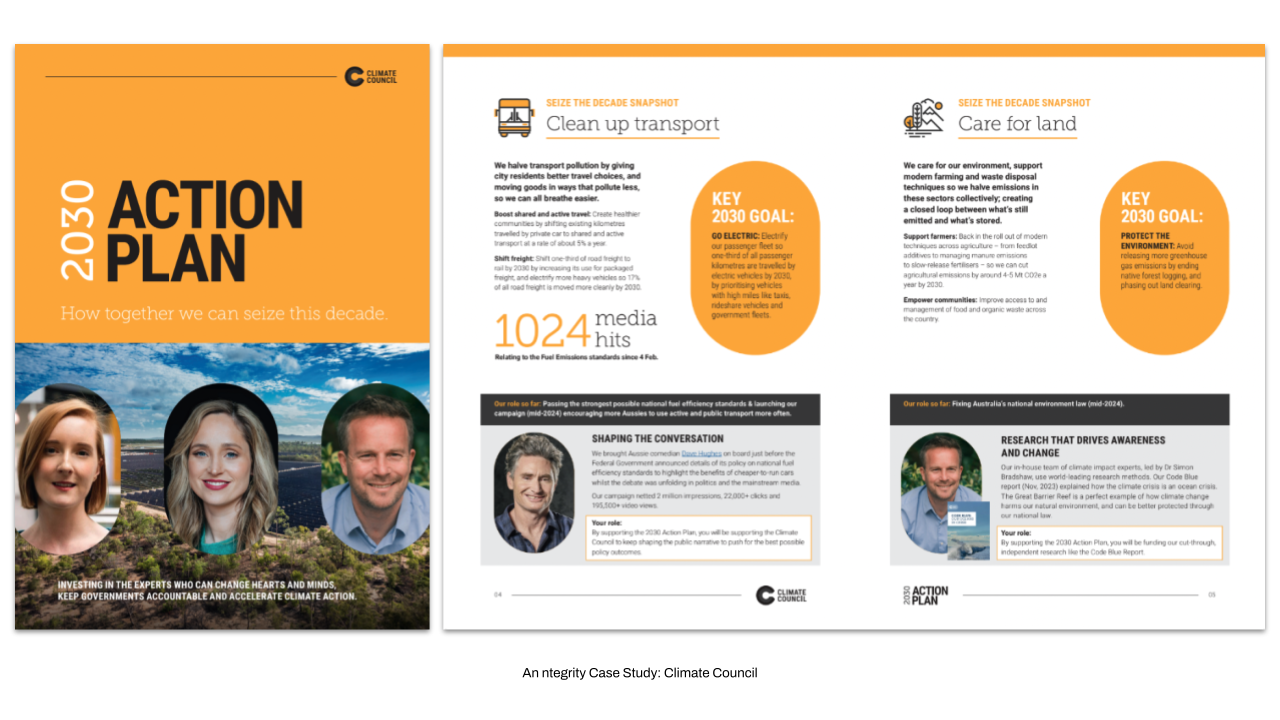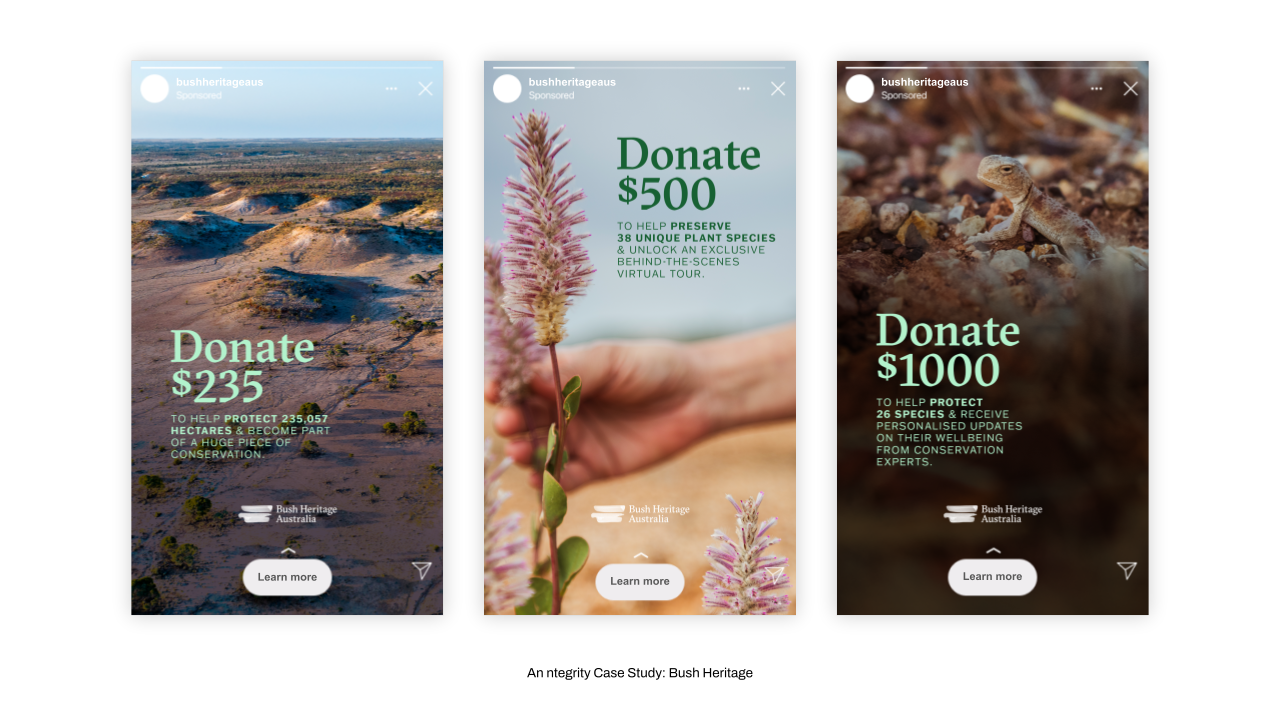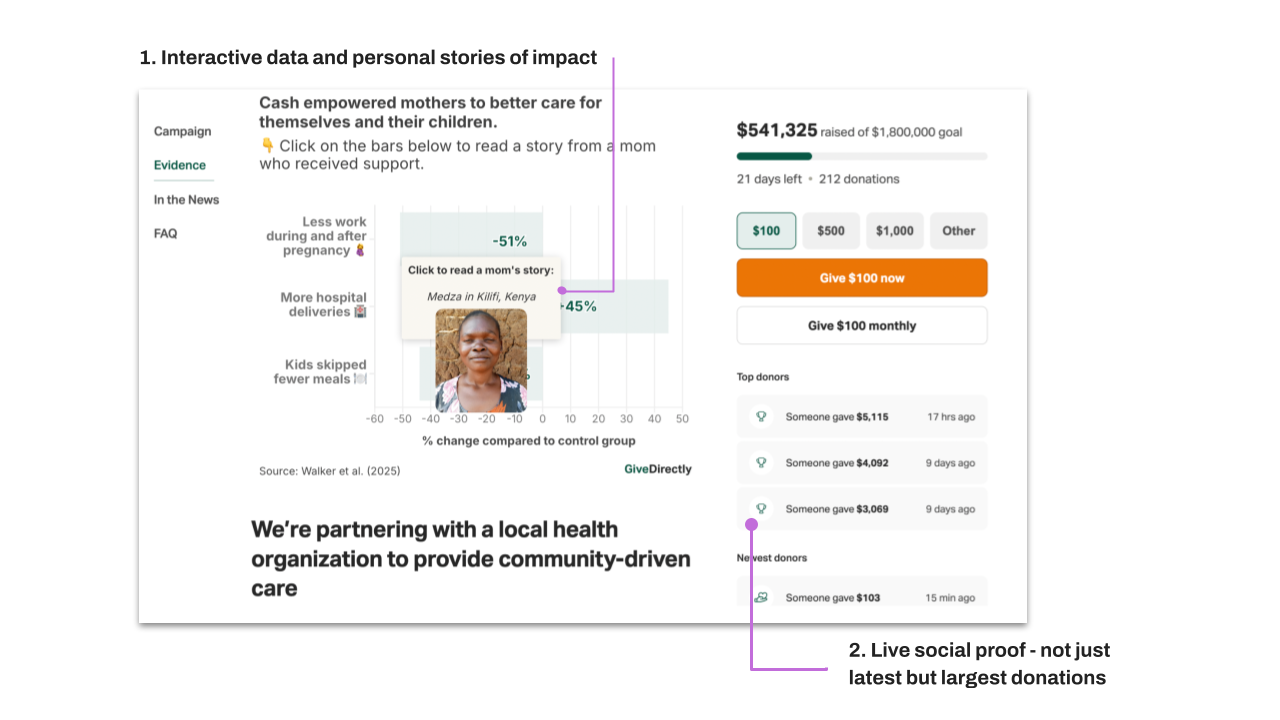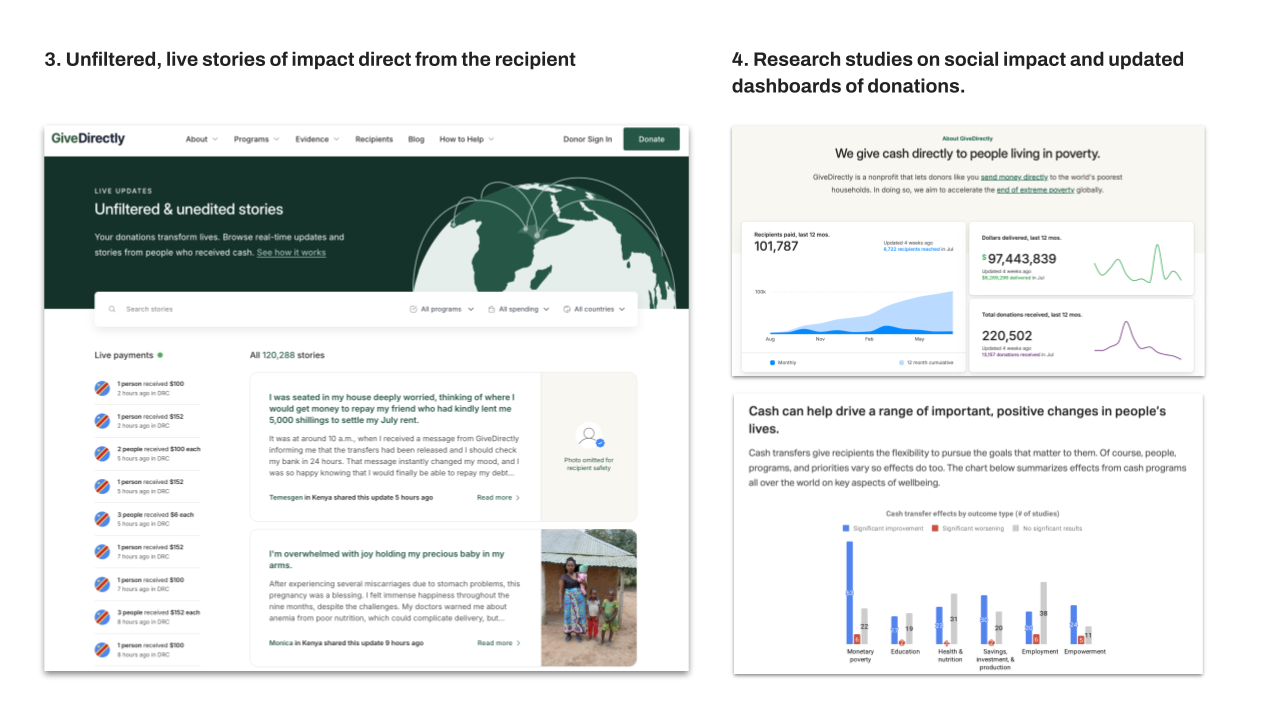Survey of 1,000 Australians reveals new donor trends this Christmas (and how to win donors over)

This article was originally published on F&P.
The data from ntegrity’s bi-annual donor research survey of 1,000 Australians is in, and there’s good news for fundraisers as you plan your Christmas campaigns:
80% of respondents report that they intend to give this Christmas, up from 59% who answered the same question last year.
Consumer confidence is slowly rebounding as interest rates come down (CommBank, 2025) and that’s reflected in an increased number of Australians who plan to give to charity this Christmas.
But cautious optimism is key. Many households are still recovering from financial stress, and economic confidence, while on the rise, remains below the long-term average (ANZ-Roy Morgan 2025, Macrobond 2025).
So, with Christmas fast approaching, and being the second-biggest season for not-for-profit fundraising… How can you structure your campaigns to maximise growth opportunities this year?
Here are three strategies based on data we see in our latest donor survey that we feel charities should consider.
Strategy #1: Go big with mid and major donors
Our research shows that 1 in 5 respondents intend to increase their giving this Christmas compared to last year. This increases to more than 1 in 2 middle and major donor respondents who intend to increase their giving this Christmas. Diving into motivations to give highlights another interesting difference with 40% of middle and major donor respondents reporting that emotional connection to the cause is at the heart of their willingness to give. This is compared to just 27% of all respondents.
Given the heightened emotion that can be elicited at Christmas combined with the habitual giving motivation the season of good will inspires, there’s plenty of fertile soil for increasing your ask.
Your move?
Lean into pricing strategy testing with the goal to nudge donations up this year.
This looks like testing higher-value dollar handles, especially on your landing page. Focus on lifting your second and third dollar handles on your test landing page in particular and have confidence in increasing the dollar personalised handles for your middle and major donor segments.
Create a tailored proposition just for mid and major donors.
This doesn't just look like a bigger DM envelope with a longer letter, but a specific proposition with a considered ask that this audience is looking for to justify a much higher donation.
For example:

Climate Council increased revenue from mid-value donors by 18% with a clear action plan for climate change.
 Bush Heritage achieved their highest campaign revenue in 34 years with an inspiring proposition and a tangible ask.
Bush Heritage achieved their highest campaign revenue in 34 years with an inspiring proposition and a tangible ask.
Strategy #2: Rebuild trust with lapsed donors
At least 30% of respondents intending to give this year didn’t donate last Christmas. We expect that many are returning after 2–3 years out of the market due to financial hardship.
They want to give at Christmas, and for the first time in years, they feel confident enough to do it but are out of the habit. Additionally more than a third of respondents haven’t decided who they’re going to give to.
This means you have to work harder to win them back. Within the research qualitative responses gave advice on what charities should do to tempt donors to give or more. There were some trends in responses that align with trends that we see working in new donor acquisition campaigns.
Tell authentic and transparent stories that demonstrate donor impact in the lead up to your Appeal.
Share stories of people who have benefited from donors’ generosity. Show the real difference that donors are making — stories from people who have given in the past helps to build trust and social proof. Your donors are a credible voice in articulating why the cause matters and persuading others to get involved.
How do you cut through in a crowded media space? In the awareness phase of your Appeal, use story telling video advertising to bring attention to the cause. Support that with bite-sized social content in the form of raw “selfie-style” videos and under-designed UGC (user generated content) style visuals, to convey authenticity. Emails can hold longer-form “behind-the-scenes” stories from staff and volunteers to show on-ground impact. In the conversion phase the emphasis turns to need and urgency, especially as deadlines loom.
Harness social proof, PR, and influencer advocacy to build trust and extend beyond your loyal donor audience.
63% of people say they don't trust what brands say about themselves (Edelman, 2019). They’re looking for external validation. Lapsed donors need a bit of extra reassurance to reconnect to your organisation once they’re out of the habit of giving to you. A trusted third party voice provides that vital reassurance and social proof.
For example: GiveDirectly uses live updates, dashboards, and recipient stories to build trust with donors.
Strategy #3: Don’t just react to change on digital, harness it
Doing a “rinse and repeat” of last year’s Christmas budget and tactics is a risk in a fast-changing digital environment. There are some noticeable shifts, led by the rise in prominence of AI, for some this is also an opportunity to move budget and tactics to get ahead: find new donors, lower your costs, and work out the budget allocation by channel that delivers the most effective results.
Here’s what our digital benchmarks and industry trends are telling us and how you can respond this Christmas.
Paid social performance is improving.
At tax time we saw cost per acquisition is down 15% and return on ad spend is up 10% on social. If that flows through to Christmas it makes this channel more powerful, at a time when we were seeing it under pressure from new Google ad channels.
Search is changing.
AI-generated answers are reducing click-through rate (CTR) and increasing cost per click (CPC) on generic search terms. To safeguard your traffic and ensure continued growth, consider moving or supplementing your search budget with alternative Google advertising products such as Performance Max and AI Max which are continually improving.
Your response matters.
The early movers will give themselves the best chance of success. So here are some quick tips to get you started as you plan and roll out your fundraising strategies this Christmas.
Run always-on campaigns to prime and build audiences. Brand relevance and trust matters, especially in rebuilding trust with donors who have been on the sidelines for a little while.
Test and adapt early to AI-led changes (Performance Max, brand search). Doing the same things as last year is a risk. It’s time to stretch and try a new approach!
Focus on landing page performance and user experience to improve conversion when costs are rising and/or traffic is decreasing. This is simple but effective in making the most of visits to your page.

